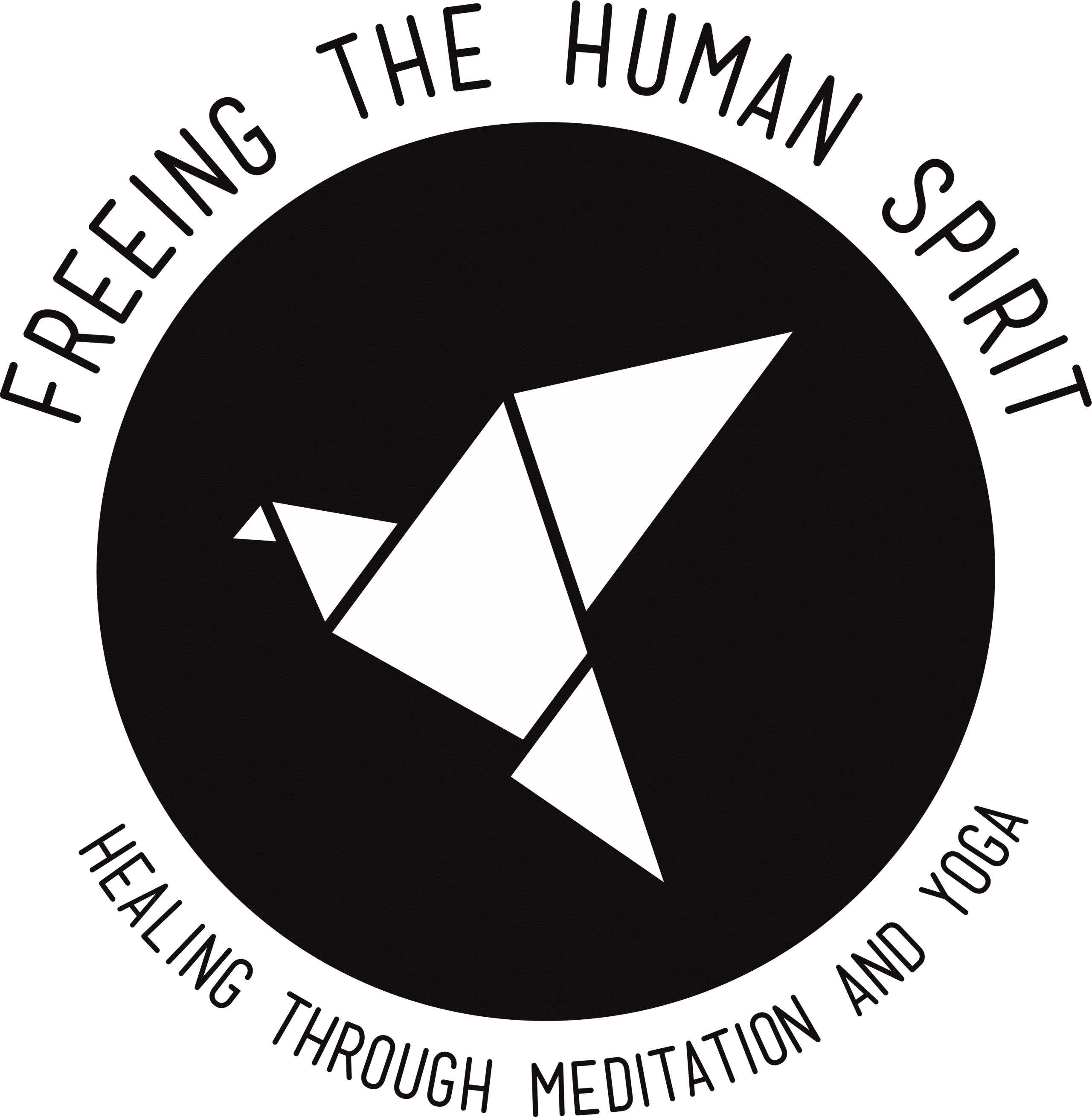Teacher training.
There are many yoga instructors familiar with the Sivananda technique of hatha yoga (there are more than 45,000 trained teachers). This forms a good pool of talent who can be instructors, satisfying each instructor’s desire to perform karma yoga (efforts to teach, for free, to help others). Similarly, there are a great number of zen practitioners, who would be similarly inclined. The teaching in this instance would involve preparing the instructors for the institutional environments; and teaching techniques particularly suited and effective for the targeted population. The other type of teacher training that is contemplated is that of certain members of the inmate populations, who could then move beyond being adept students to becoming teachers in the institution that they are incarcerated in. Such teacher training has already been done by the Sivananda organization in the USA.
Teaching Materials
Development of teaching materials, for both teachers and students, such as that developed by Sister Elaine, ‘Becoming Free Through Meditation and Yoga’, published in 2004, and summaries of the yoga, breathing and meditation practice steps and postures, for the inmates to refer to between classes.

